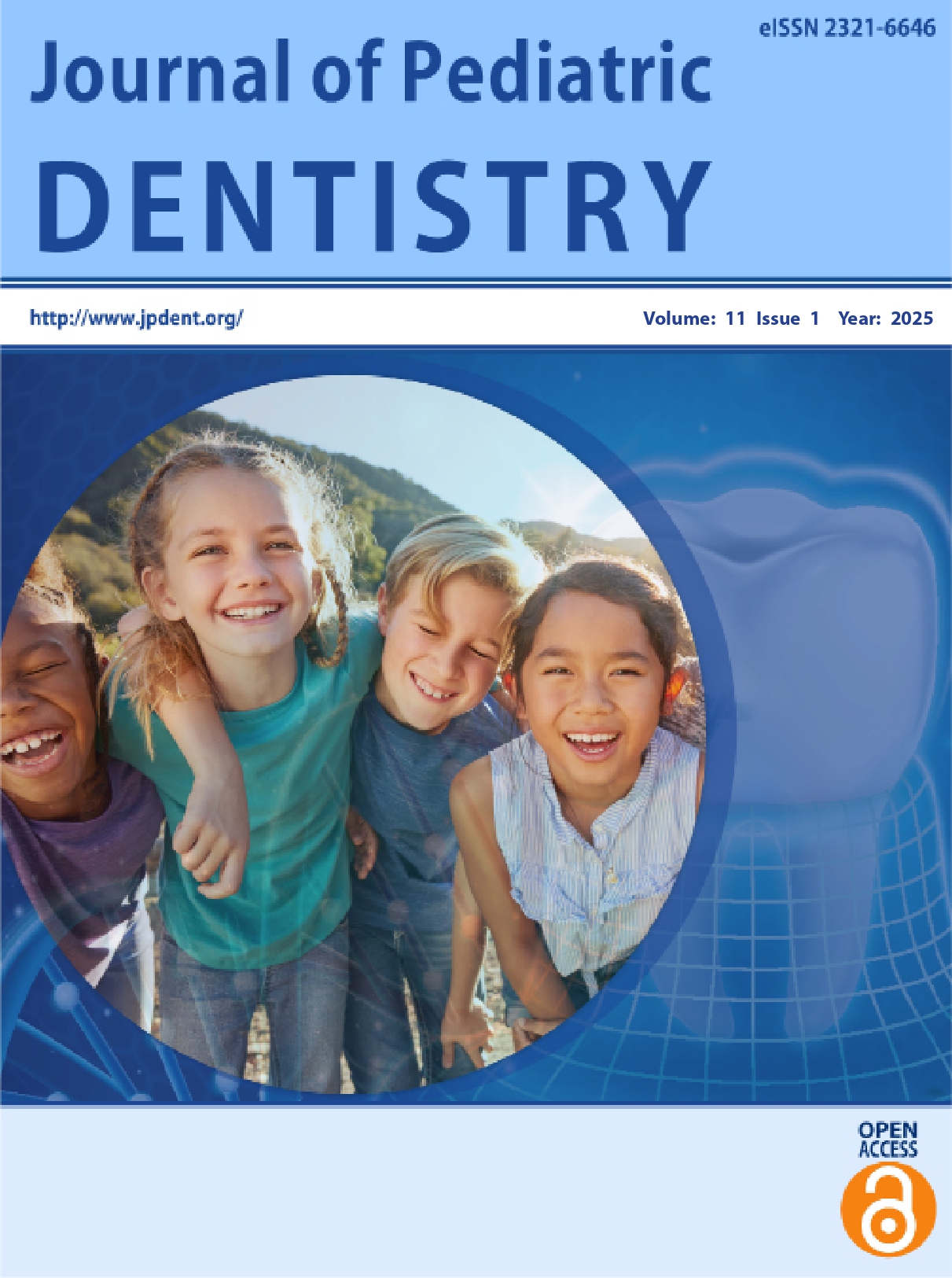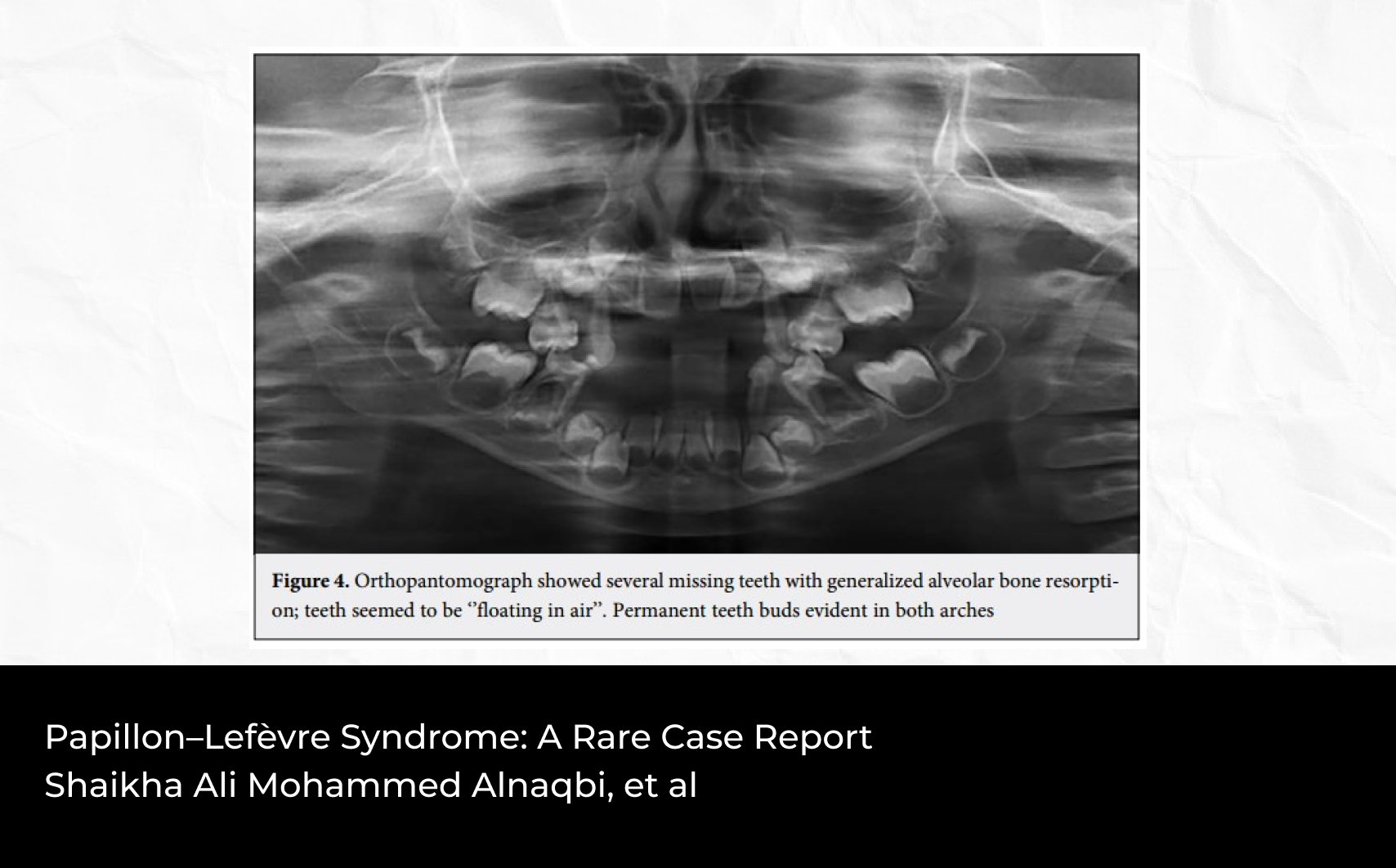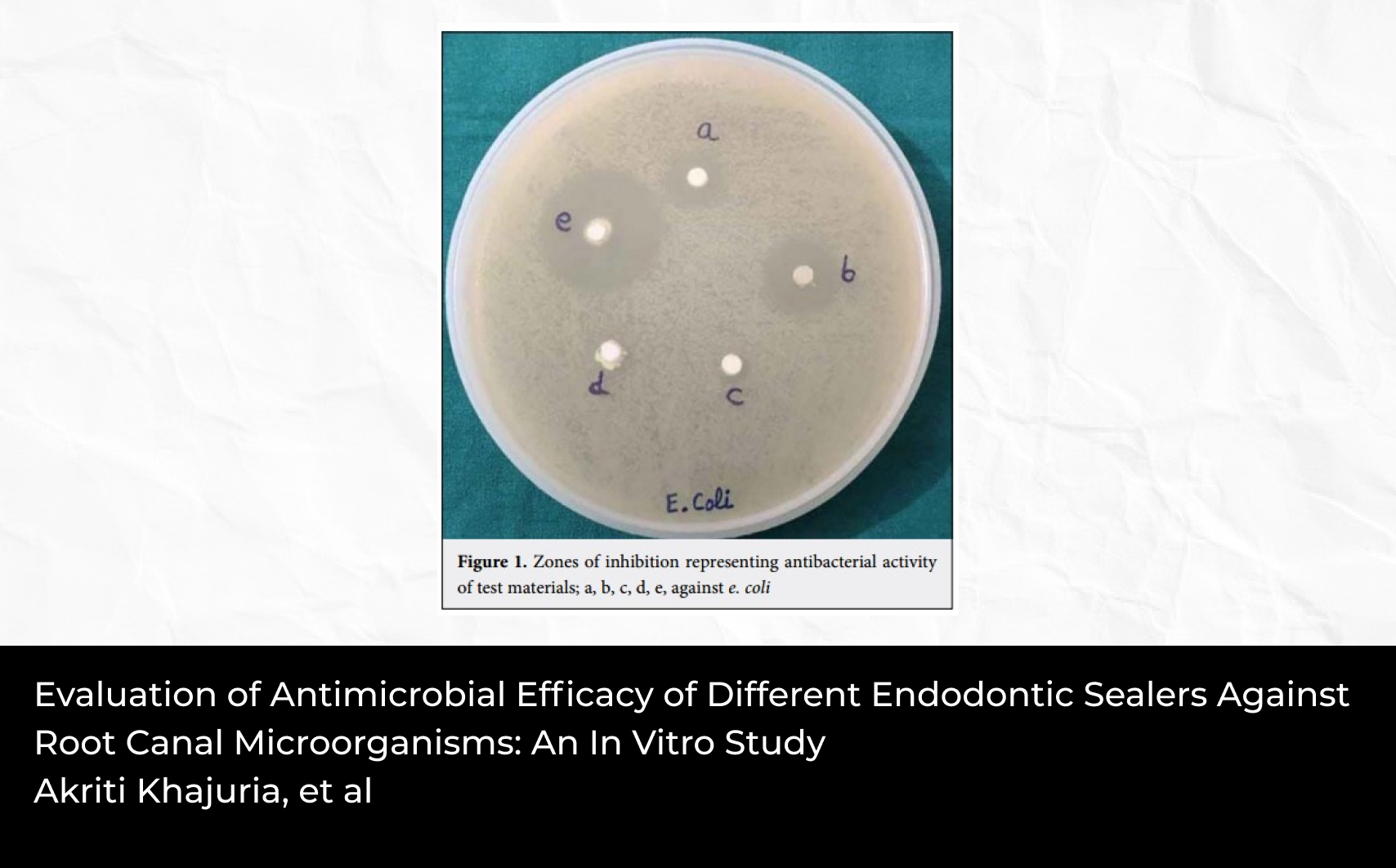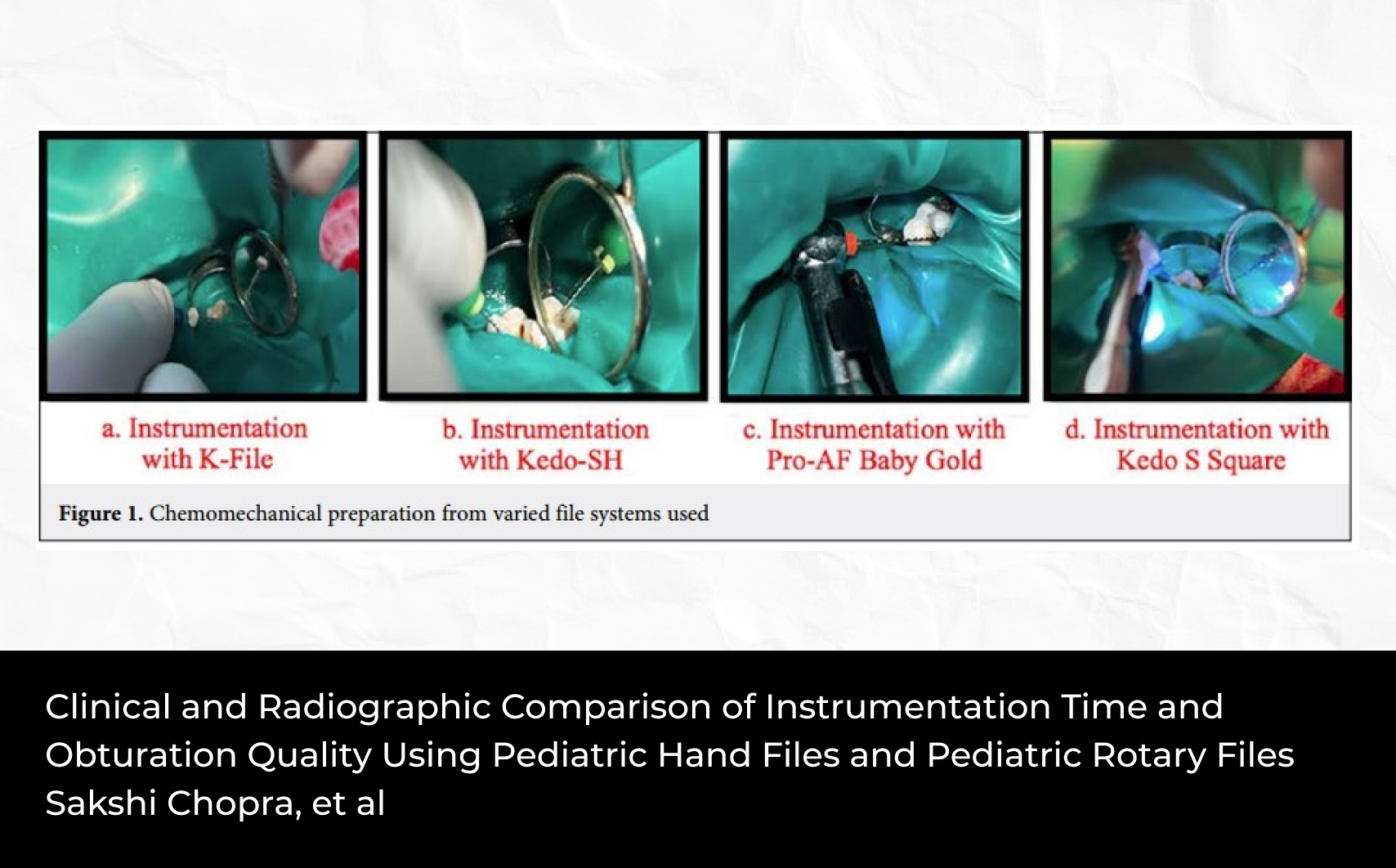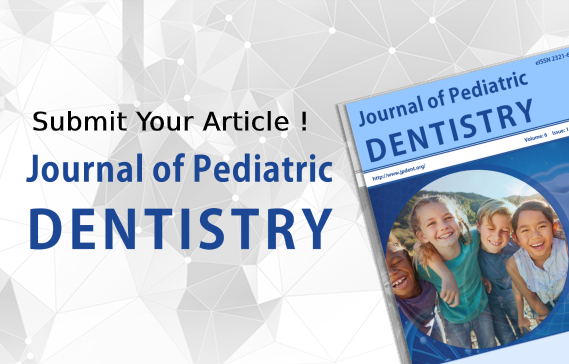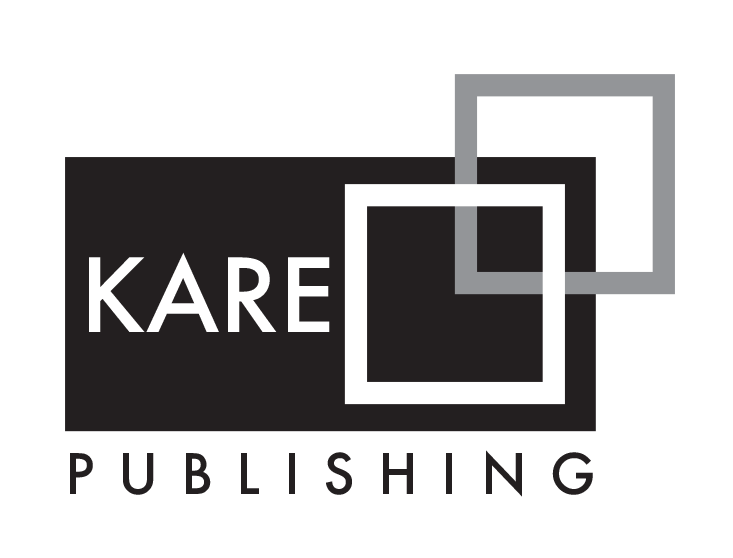2Department of Biostatistics, Faculty of Medicine, Yildirim Beyazit University, Ankara, Turkey
Abstract
To compare the effects of four different irrigation solutions [sodium hypochlorite (NaOCl), ethylenediaminetetraacetic acid (EDTA), chlorhexidine (CHX), and sterile saline] on the microleakage of class II composite restorations. The effects of the four irrigation solutions individually and in combination with sodium ascorbate on the microleakage of class II composite restorations were also investigated. A total of 180 permanent molar teeth were used, and class II cavities (3 mm wide x1.5 mm deep) with gingival margins ended 1 mm below the cementoenamel junction were prepared and divided randomly into nine groups (n = 20 in each group). The four different irrigation solutions with or without sodium ascorbate were used and applied in this study. All of the groups were restored using Filtek P60. The specimens were thermocycled between 5C and 55C with 30-second dwell times for 5000 cycles. The samples were then immersed in 0.5; methylene blue dye for 24 h and sectioned longitudinally. Dye penetration at the occlusal and gingival margins was quantified by stereomicroscopy at x15 magnification. Use of the NaOCl solution caused greater microleakage than the other irrigation solutions on the gingival surfaces, whereas use of sodium ascorbate reduced the microleakage. When NaOCl is used as the canal irrigation solution, subsequent use of sodium ascorbate may reduce the microleakage.

